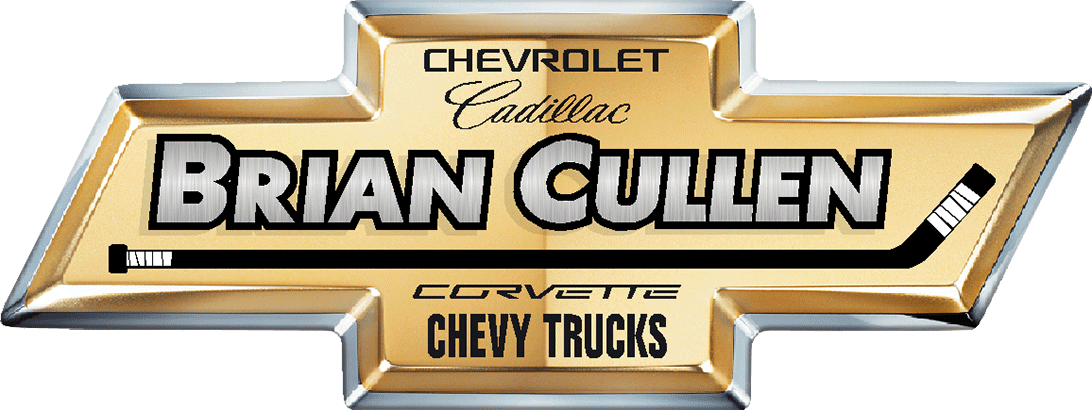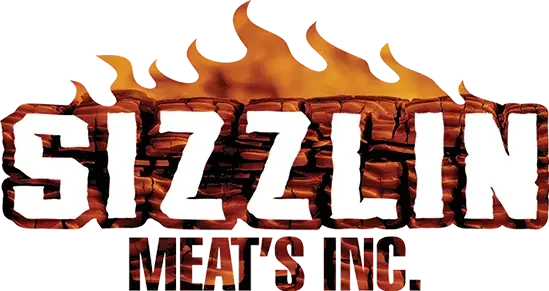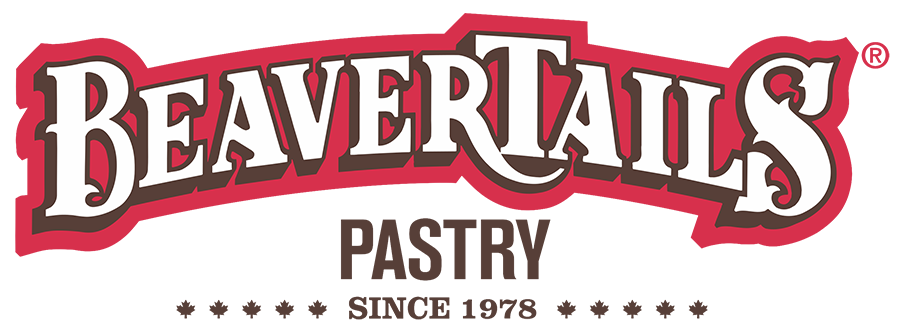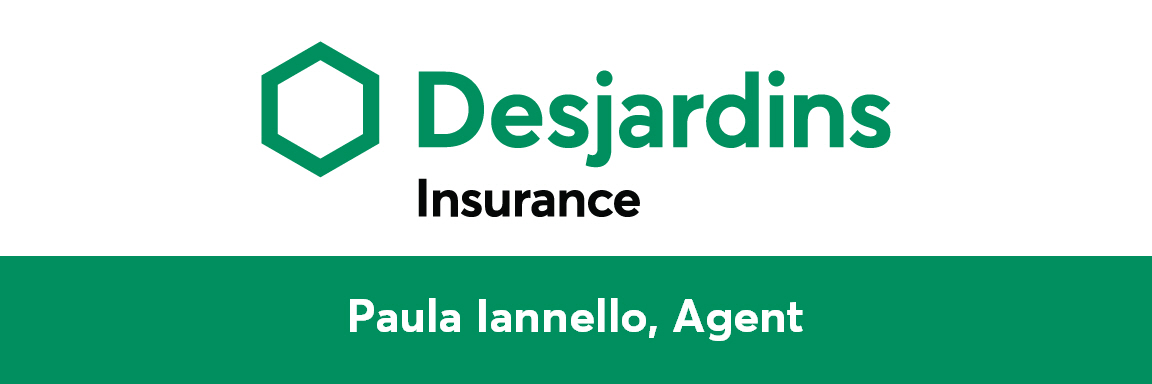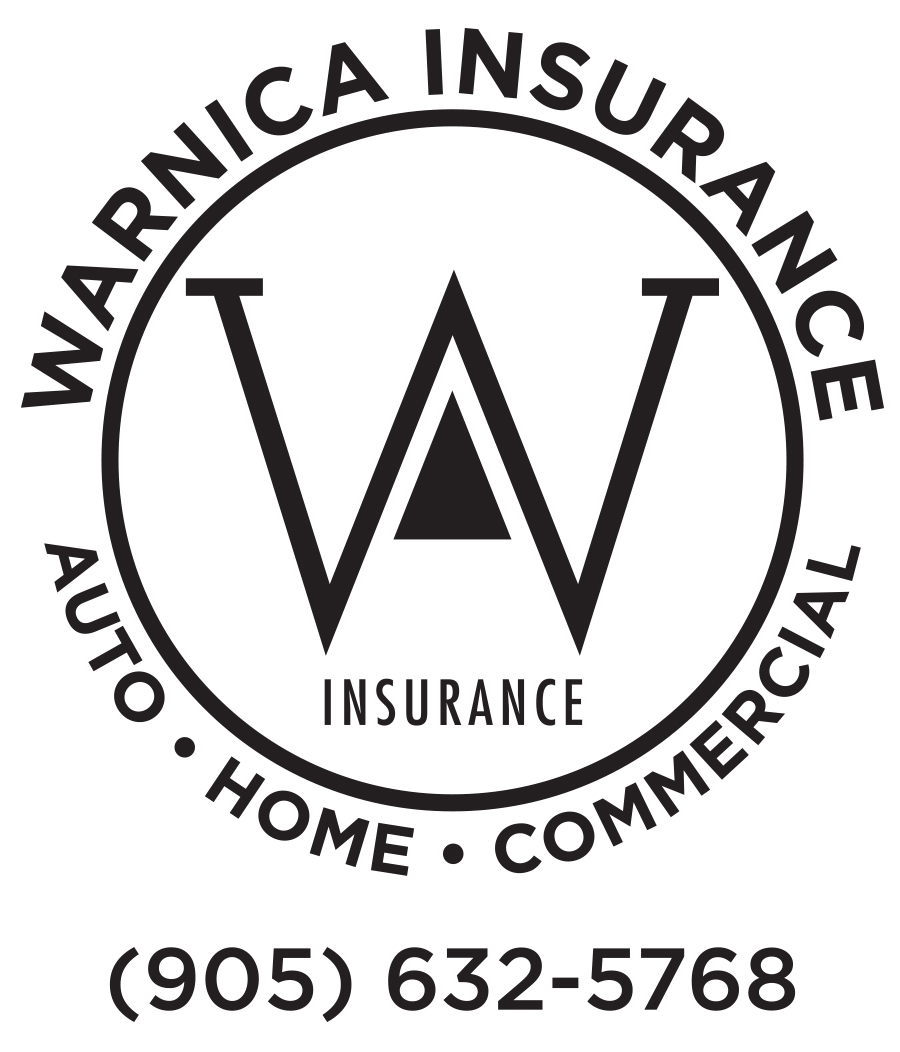I was asked what is involved in buying a vehicle in the US and bringing it into Canada.
After some research, I think I have a good understanding of the process, which I will try to describe.
Essentially there are 3 major steps to the process.
- Export the vehicle out of the US
- Import the vehicle into Canada
- Go through the process of licensing the vehicle in the province.
Each step consists of many sub steps.
EXPORT VEHICLE FROM THE US
- The first step is to determine if your vehicle is eligible for export. Typically, if the vehicle is sold in the US and Canada, it will be eligible. Where there could be a problem, is if the vehicle is a grey market vehicle which means it had been imported to the US from another country. In which case if the vehicle is less than 15 years old it will not be eligible. You can find that in the RIV website.
- The next step is to look at the title. For the purpose of this discussion, we will only consider a clean title. (no salvage or written off or water damaged car). Also, in order to double check, it would be recommended to get a CARFAX of the vehicle.
- Then you need to see which modifications are required. The 3 main ones are that the speedometer can be read in KM, the day running lights are operational and the anti-theft system meets the Canadian regulations.
- Then you need to find out if your vehicle has outstanding recalls. If it does, then you need to go to a dealer to do the recall and get paperwork to prove it. If it doesn’t then you should get a paper stating that the vehicle doesn’t have any outstanding recalls. This must be done in the US.
- Then you need to find out if there a loan or a lien on the vehicle. That should show on the title. If there is a lean you must arrange for the loan or lien to be discharged. At that point you will need a letter from the institution to prove that there is no more lien.
- Then you need to put the documentation together. Title, Bill of sale from the seller (which will show price, date, seller, buyer, vehicle description, VIN number and signed by both the buyer and seller), Kelly Blue book value of the vehicle, your passport. You will also need the date of the crossing and which crossing point.
- Next is the AES filing. To do this part you will need a customs broker. Once the filing has been submitted you will receive an ICN#. Once you have you ICN# you must notify US customs. Make sure that you print a copy of the ICN document. This has to be done at least 3 days before the actual crossing.
- Drive the Vehicle to the US CBP on the US side and follow the instructions that the customs people will give you. They will stamp you US title. The export process is then completed.
IMPORT VEHICLE INTO CANADA
- Drive to Canada.
- Pay import tax. The customs will then give you Form 1 and introduce you to RIV. You then have to pay the RIV fee which is about $375, and you have 45 days to pay. Once it is paid, they will send you the vehicle inspection form. Canadian Tire does these inspections. (There are others as well). There is no fee for the inspection. However, you might have to fix the daytime running lights, conversion to km for the speedometer, etc.
- You need to do a safety inspection. Once the vehicle has passed safety you will get 2 copies of the inspection.
ONTARIO VEHICLE REGISTRATION
- The next step is to go to Service Ontario to have the car registered and licenced. For that you will need the stamped US title, Form 1, Safety inspection report and insurance slip. Then you pay the fees and you are good to go.
- Just a reminder that if you drive the car in the US from where you bought it, make sure you have insurance during the trip.
In conclusion, if you want to make life easier for you, use a Custom broker for the whole process. It will cost you some money (not that much really) but everything will be done right with minimal effort from you. That is the way I would do it.
Below is a video that explains the process in detail.
Richard Limoges







